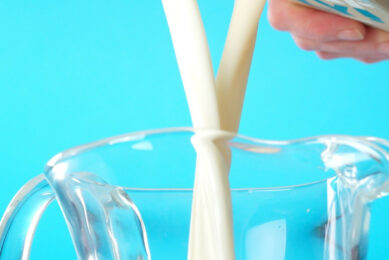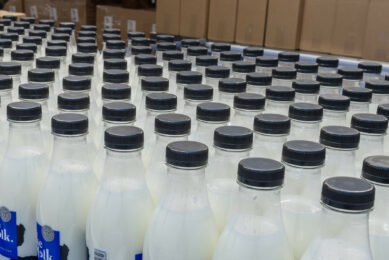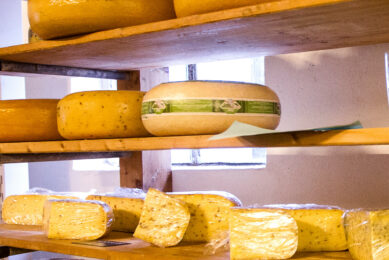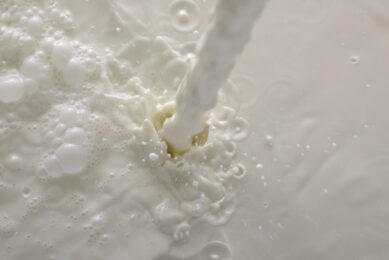New Zealand’s dairy season begins strong
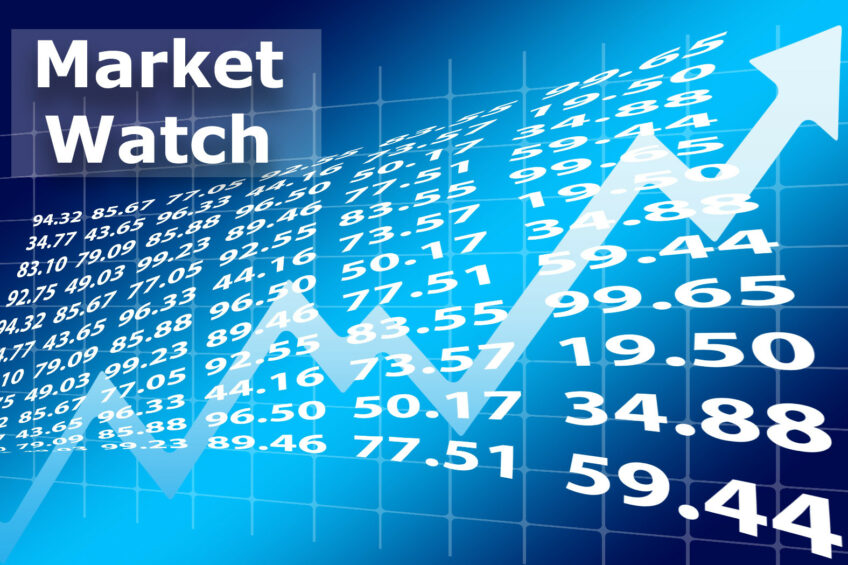
New Zealand has kicked off the dairy season with impressive momentum, likely contributing a substantial amount of supply to the market, according to Westpac NZ.
Initially, this was offset by weaker supply from the northern hemisphere. However, Chinese production increased again in August, and the US dairy industry is beginning to recover from the avian flu outbreak. The main factor still limiting global supply is the ongoing bluetongue virus outbreak in Europe.
Westpac NZ has updated its farmgate milk price forecast for the season, raising it from NZ$8.70 (US$5.52) per kg of milk solids to NZ$9.00 (US$5.71). This adjustment reflects improved market conditions, as indicated by stronger dairy auction prices. Global dairy prices have shown resilience, with whole and skim milk powder prices remaining stable around their long-term averages, while milkfats are at or near record highs.
Milk prices
Westpac notes: “Our milk price forecast anticipates a modest pullback in prices from current levels by the end of the season.”
The primary risk factor remains global milk supply, according to Westpac.
The Global Dairy Trade auction on 17 September saw a slight increase of 0.8% across the board. This modest rise in prices is encouraging, especially following the peak volumes on the platform and a 0.4% decline at the previous auction.
In particular, whole milk powder rose by 1.5%, averaging US$3,448 per mt, rebounding from a 2.5% drop at the last event. Skim milk powder increased by 2.2%, reaching an average of US$2,809 per mt. Cheddar also experienced growth, climbing 2.9% to an average of US$4,441 per mt. The standout performer was mozzarella, which surged 4.5% to an average of US$5,351 per mt.
Chinese demand for heifers
Chinese demand for dairy heifers is waning as China grapples with an oversupply of domestic raw milk production, according to a recent industry report by Rabobank. The live export of dairy heifers – particularly to China – has been a lucrative market for Australian dairy farmers in recent years, offering significant trade opportunities and attractive prices for dairy cattle.
The agribusiness banking specialist says bearish farm sector fundamentals in China – a market that is irreplaceable – point to slower trade for the foreseeable future. “The growth journey of China’s milk supply – a key driver of increased heifer exports – is at a critical juncture,” Michael Harvey, senior analyst of Dairy and Consumer Foods, points out. “The industry is grappling with an oversupply of raw milk, leading to falling local milk prices and lower farm profitability.”
But moving forward, a recovery in Chinese heifer demand seems possible. Chinese dairy stocks soared at the end of September as the government implemented measures to bolster local milk production and promote consumption. Shares of China Mengniu Dairy Co. jumped as much as 25% in Hong Kong, marking their largest intraday increase since 2008, following the announcement of support measures including loans and vouchers.
Fonterra
New Zealand’s Fonterra has reported a 25% drop in its fiscal 2024 profit, primarily impacted by weak earnings in its ingredients segment and fluctuating demand from major importing regions. While earnings from its food service and consumer segments improved due to higher sales volumes, this was countered by a decline in the ingredients business as prices fell compared to the previous year. Additionally, sales and import volumes into China slowed significantly, largely due to a rise in local fresh milk production.
The Agriculture and Horticulture Development Board (AHDB) in the UK says Great Britain milk production for the 2024/2025 season is forecast to reach 12.28 billion litres, 0.3% less than the previous milk year. The size of the milking herd in Great Britain has contracted as of 1 July 2024, which stood at 1.61 million head, according to a recent update from the Board. This is down 0.3% on the previous year and the herd size is expected to decline marginally going forward.



